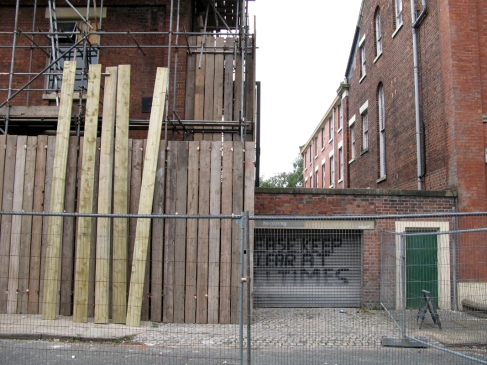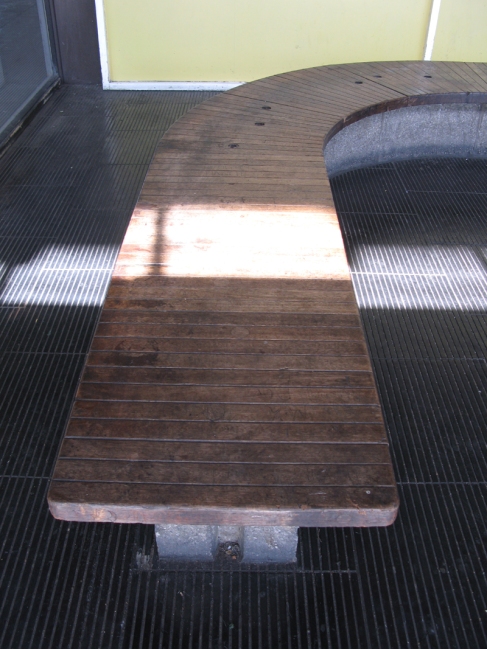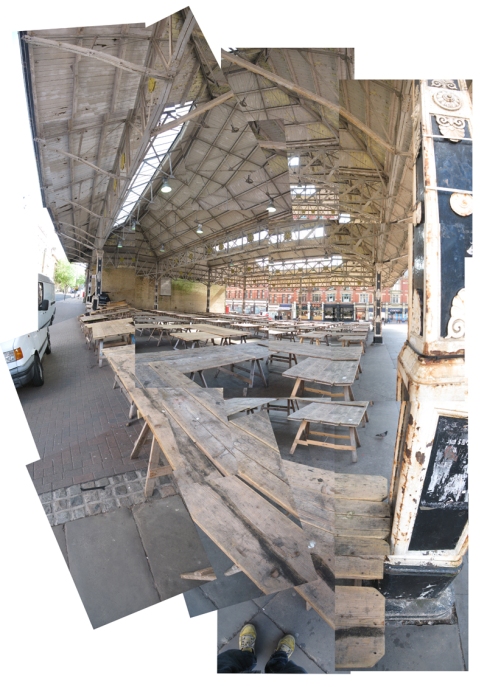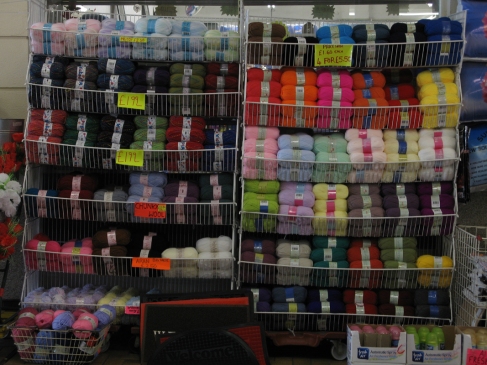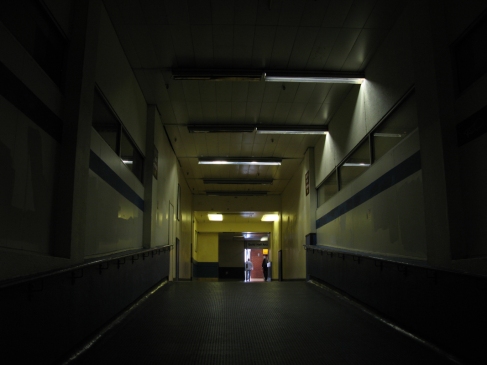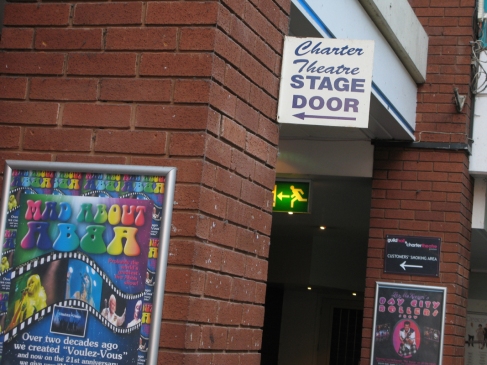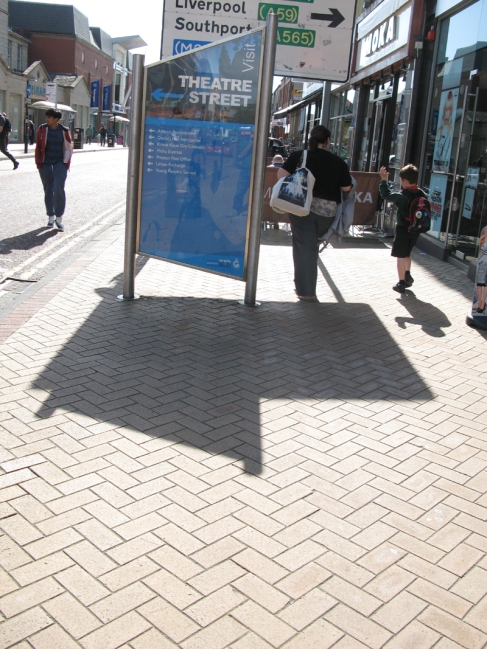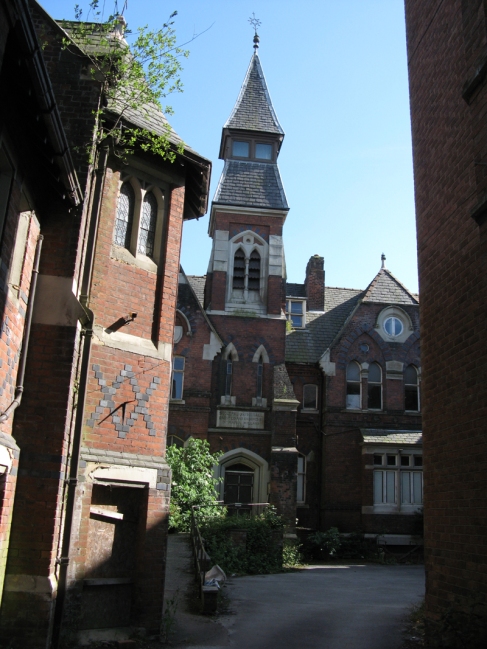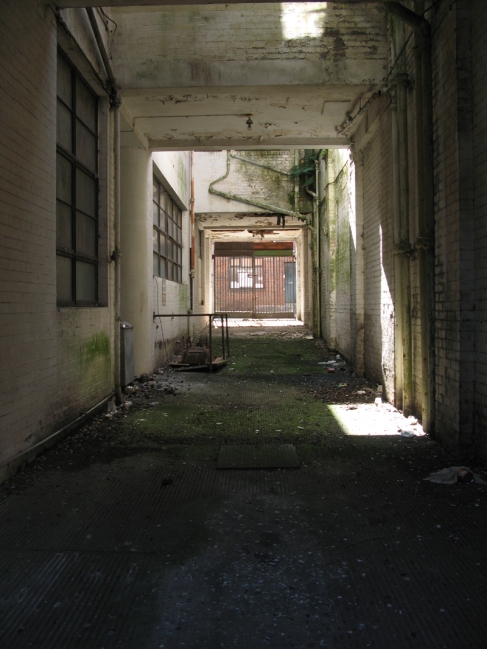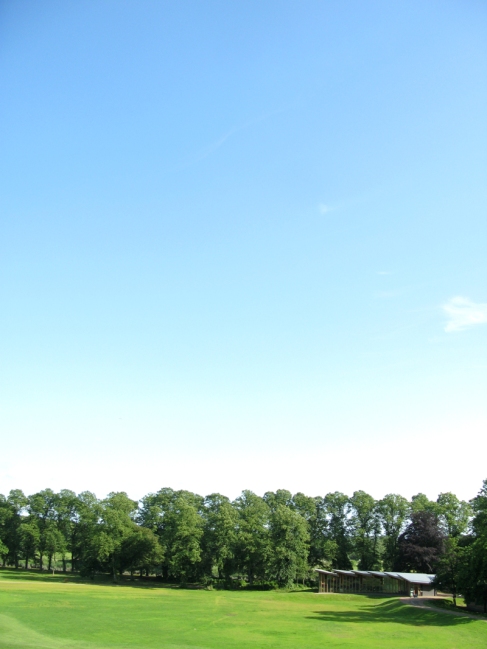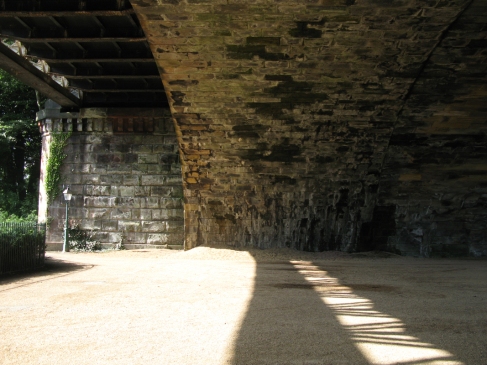As part of the New Theatre in your Neighbourhood project Fuel have been inviting artists to undertake missions to each of the places that we are working in. As part of their mission they will be contributing to this blog. We are delighted to present this mission blog post from Abigail Conway. You can find out more about the New Theatre in your Neighbourhood project at http://www.fueltheatre.com/projects/new-theatre-in-your-neighbourhood
The Poole tile for me is composed of fragment impressions and stories gained from my visit to the area on 11th July 2013.
There I met with Lorna Rees, Engagement Specialist for Poole. It was bright morning of summer sunshine when we greeted each other outside the museum. Lorna, most definitely the coolest cat to know around these parts, then drove me out of Poole town centre. This amused me. Why is it we always have to get out of a place to fully understand it?
Driving was a great way to get a sense of the wider community. The journey revealed to me varied and contrasting demographics and areas that were both economically deprived and wealthy.
Driving through beautiful heathland we to get to a humongous Tesco and Leisure Park. Crossing to Sandbanks I see grand houses worth millions built upon land where once stood ancient trees. Trees illegally cut down, in the interests of a better view for the wealthy residents. Coming to the quayside I see elderly residents enjoying their fish and chips lunches as they watch the fancy yachts in the harbour. They, in turn, are watched by large flocks of opportunist seagulls waiting to pounce upon any dropped food. There are tourists getting on ferries to Brownsea Island. I see palm trees growing along the bay and glimpse a golden sandy beach. I see from a distance yet another ferry, a chain ferry, this time to Swanage. Dilapidated shop fronts with boarded up windows are shelters for the homeless; a green tiled pub is busy and in the town itself I see a vibrant local market. Some old cobbled streets remain and dolphins (not real ones) are peppered around the town.
Conversation flows freely in the car. Topics touched upon were education, local authorities, business, invisible borders, the need for transport and community highs and lows. The ‘Poole’ pieces of the puzzle were on display but I wondered what the final picture might be.
On parting company with Lorna I felt inspired by her passion, enthusiasm and curiosity for the town. I went to the museum where I spent some time reading about the history of the town and it’s past and present industry. I saw the Poole pottery exhibition in the museum. Poole had built its industrial identity upon boat making and pottery. The foundation and infrastructure of Poole is built from locally made bricks, clay and tiles.
It was here I took this picture of an interactive mosaic tile.
Looking at the tile I begin to understand that what gives Poole it’s identity and culture is the industry it is built upon, particularly Poole pottery, it’s unique landscape, it’s links to the sea; it’s people- where they work and play and it’s history.
Like a mosaic tile Poole’s identity is composed of many parts such as its environmental and architectural landscape, town planning, people, industry, culture and leisure influences and expectations. All are intertwined into a rich tapestry of history and experience. I cannot fully pick up one aspect- without looking to the other (and then looking back at myself to see how I look at them). This for me – is where it gets exciting! The mosaic tile effect illustrates, and epitomises, this fragmented, multi- layered place that is Poole. It offers an alternative storytelling. A story that can continue to grow, and change shape, depending on who is adding and looking to its design.
The words on my tile mosaic are things that struck me on my visit. Here are a few explained a little more;
*Harry Paye (day)– was pirate smuggler from Poole, Dorset in the late 14th and early 15th century. He became a commander in the Cinque Ports fleet. Lorna had told me of this mythical character, how he stole from over 100 French fleets and buried his treasure all around Poole. One day the French fleet came to Poole to find Harry and kill him. They looted the town and set fire to houses. Unable to find him they killed his brother. The people revolted and drove the fleet out of the town. Every June the residents of Poole celebrate his life in a charity day. Lorna mentioned that the term ‘payday’ may have derived from this event. A romantic thought. I like the thought of people annually celebrating this ‘Robin Hood’ character centuries after it happened.
*Brownsea island– Running out of time I could not visit the island. It is a curious place though. Owned by the National Trust it is accessed by ferry. The castle on the Island is owned by John Lewis and used exclusively as a holiday place for their employees. I wonder how they see the town from the castle window view? The island was the first camp for the boy scout movement in 1907. It is a wild life haven for red squirrels, peacocks and woodland plants too.
*Leisure town- Like every other town Poole has one. A big complex filled with all your leisure desires. I am saddened that pleasure seekers who use this facility often overlook all the free natural beauty, such as Canford Heath. Close to the leisure complex is a huge Tesco extra. Here local people come to do their weekly shop and buy into their leisure activities too away from the town and away from the beach. Such places make it hard for people to participate in local community life. They hinder the building of a community that is at one with its environment. These transitory places become familiar and comforting and yet effectively distance Poole residents from their home and town surroundings.
*Gilbert the whale– Gilbert, the whale was washed up on the beach of Alum Chine in 2009. She measured about 21ft (6.4m). The young female, thought at first to be a male, was initially sighted on 13th September between Bournemouth Pier and Branksome. Rescuers were not sure if it was shallow waters, or being caught up in nets, that caused the mammal to die. But it was understood that she had become lost trying to get to the Atlantic. Such a strong image for my mosaic impressions of Poole. I can see Gilbert, back then, on the sandy beach and feel that her death marked a moment. A communal mourning perhaps.
At the end of the day I found myself in the shop/ workshop/café of Poole Pottery. I felt I had come full circle. The clay tiles that I had been interested in at the beginning of the day in the museum were now placed among vases, teapots, teacups, and saucers all of which were exquisitely decorated and coloured.
On the same floor visitors can see the open plan workshop, the kilns and making area as it is being used by the pottery makers and artists who hand paint the pots. I went upstairs to the café and saw ‘a paint a pot’ section where people come and decorate their own pot or cup. Looking at these white cups stacked up I saw them also as a fragmented canvas waiting to be coloured in by a story, a word, or anecdote. I had an image of people making their own cup out of clay and sharing stories over a special tea party. I saw pathways and walls made out of unique mosaic tiles composed of fragments made by individuals that became pathways to places unknown and usually unseen in the town.
My idea to make a project in this town would be to somehow collate and collect all these diverse stories, anecdotes and associations and quite simply piece them together in a participatory way.
By asking what Poole means to the people who live there would create a natural political, anthropological and historical tapestry of perspectives, all equally celebrated. It is in the act of bringing these stories together that I would somehow like to make ‘performative’. Pairing up with an organization like Poole Pottery, using the local tools and industry already in place – to tell the stories of past present and future memories – using pottery or tiles to create a collage of, and for, its community.
Finally there is not one single stronger feeling, smell or image that I can take away. For me Poole is like the tile mosaic because it encompasses all that I don’t know, and all that I want to discover- as I try and piece this place together.

























